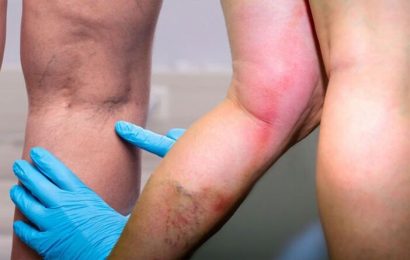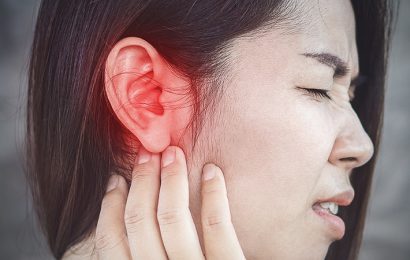(Reuters Health) – Higher-calorie refeeding works as well as lower-calorie refeeding for adolescents with anorexia nervosa, a new study suggests.
Researchers examined data on adolescents (mean age 16.4 years) hospitalized with anorexia nervosa who were randomized to higher-calorie refeeding (n=60) or lower-calorie refeeding (n=51). Patients started higher-calorie refeeding (2,000 kcals/day, increasing by 200 kcals per day) or lower-calorie refeeding (1,400 kcals/day, increasing by 200 kcals every other day) within 24 hours of admission.
The primary endpoints were clinical remission at one year, defined by reaching a weight of at least 95% of median body mass index (BMI) based on U.S. Centers for Disease Control and Prevention growth charts, and psychological recovery, defined by achieving a global score within one standard deviation of community norms on the Eating Disorder Examination Questionnaire (EDE-Q).
Twelve months after discharge, there was no significant difference in the proportion of patients who had higher-calorie refeeding (40.9%) and lower-calorie refeeding (48.1%) who were in clinical remission.
There was also no significant difference between groups in EDE-Q scores over time, and scores decreased for both groups. At 12 months after discharge, EDE-Q scores were similar for higher-calorie refeeding (2.4) and lower-calorie refeeding (2.3).
“The take-home message is that higher calorie refeeding for hospitalized adolescents and young adults with anorexia nervosa is safe and effective and results in shorter time to medical stabilization, no increased safety events, and reduced length of stay with significant cost savings,” said lead study author Dr. Neville Golden, chief of adolescent medicine at Stanford University School of Medicine, in California.
“One-year outcomes were equivalent, supporting the need to change existing conservative refeeding practices,” Dr. Golden said by email.
At one year after discharge, youth who had higher-calorie refeeding and lower calorie refeeding had similar rates of medical rehospitalization (32.8% vs 35.4%), number of rehospitalizations (2.4 vs 2.0), and total number of days rehospitalized (6.0 vs 5.1).
One limitation of the study is that it excluded youth with extreme malnutrition who were at less than 60% of median BMI, the study team notes in Pediatrics.
However, the results do support the use of higher calorie refeeding in youth without extreme malnutrition, said Dr. Debra Katzman, a senior associate scientist at the Hospital for Sick Children and director of health science research at the Temerty School of Medicine at the University of Toronto.
“This study will have an impact on the clinical care of hospitalized adolescents with anorexia nervosa,” Dr. Katzman, who wasn’t involved in the study, said by email. “Health care providers caring for hospitalized adolescents with anorexia nervosa will need to consider these important findings for the inpatient care of adolescents with anorexia nervosa.”
SOURCE: https://bit.ly/31kKyED Pediatrics, online March 22, 2021.
Source: Read Full Article


